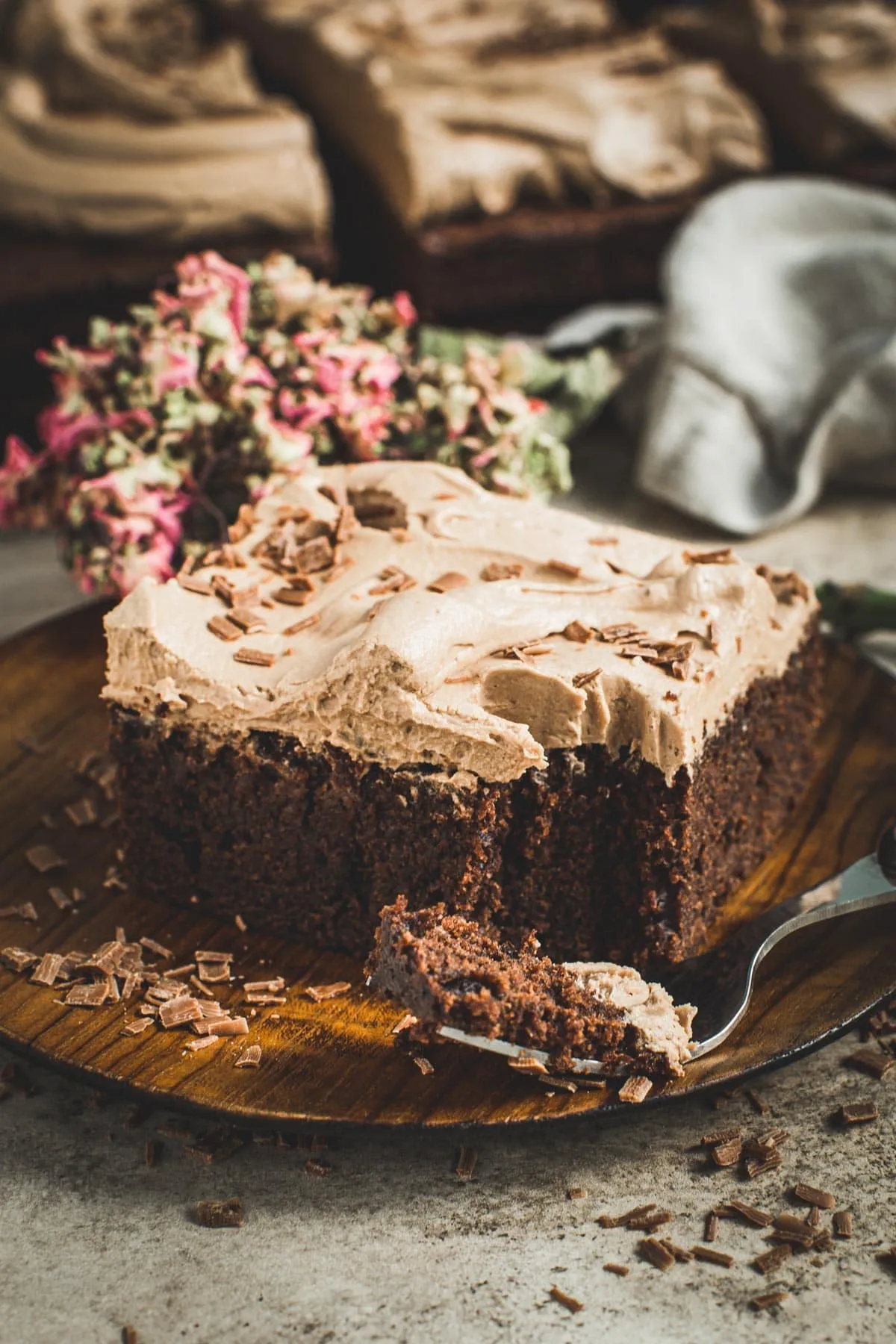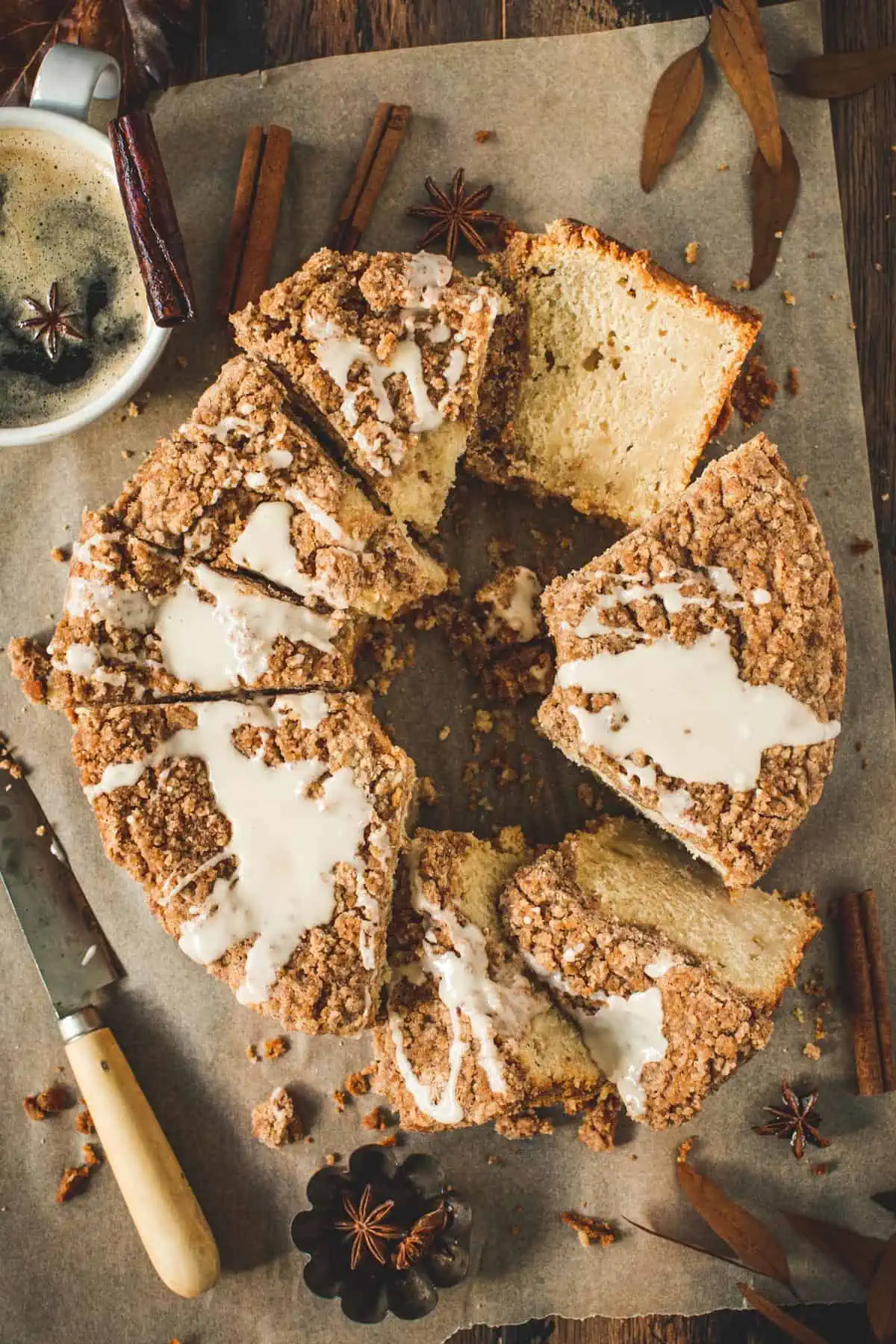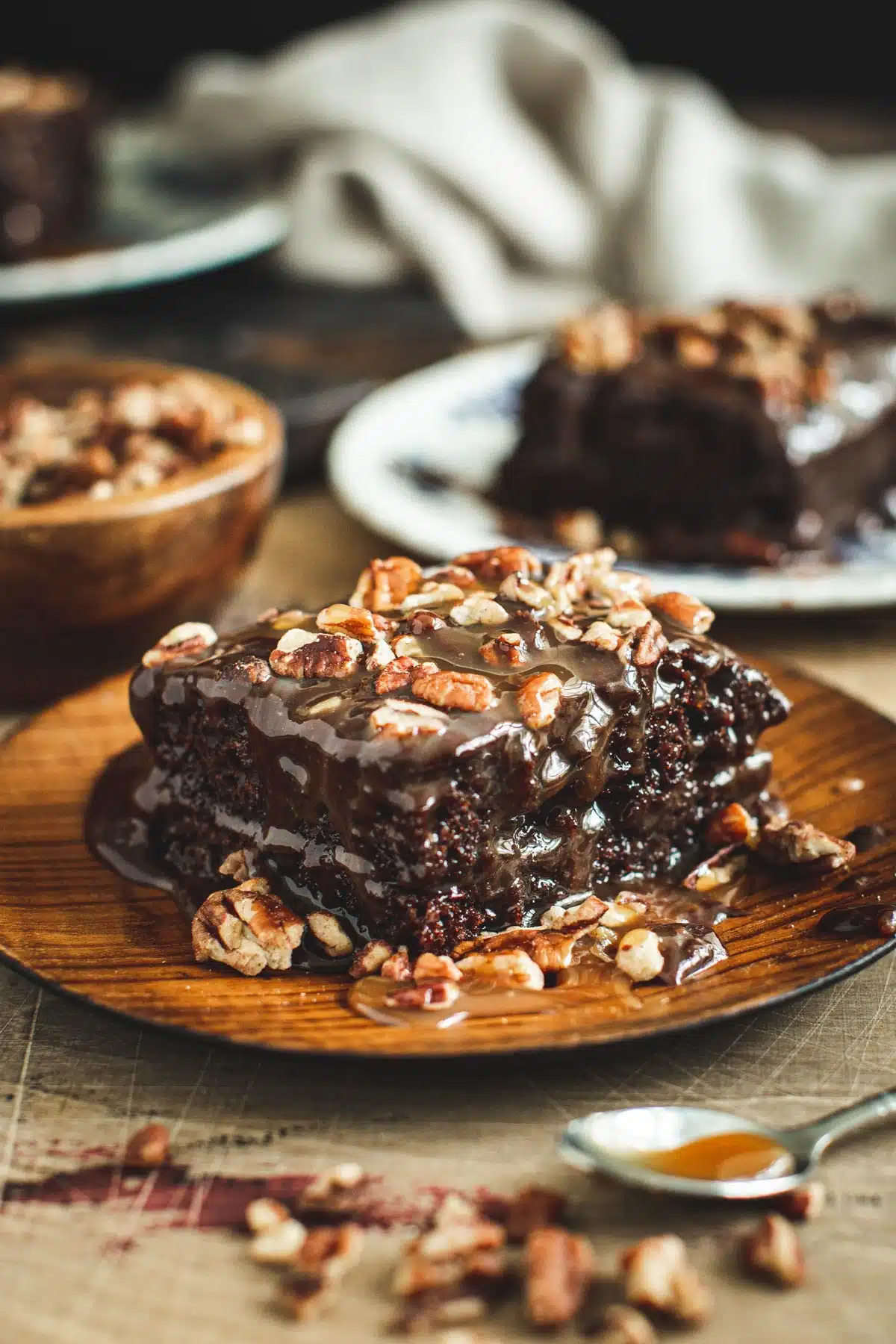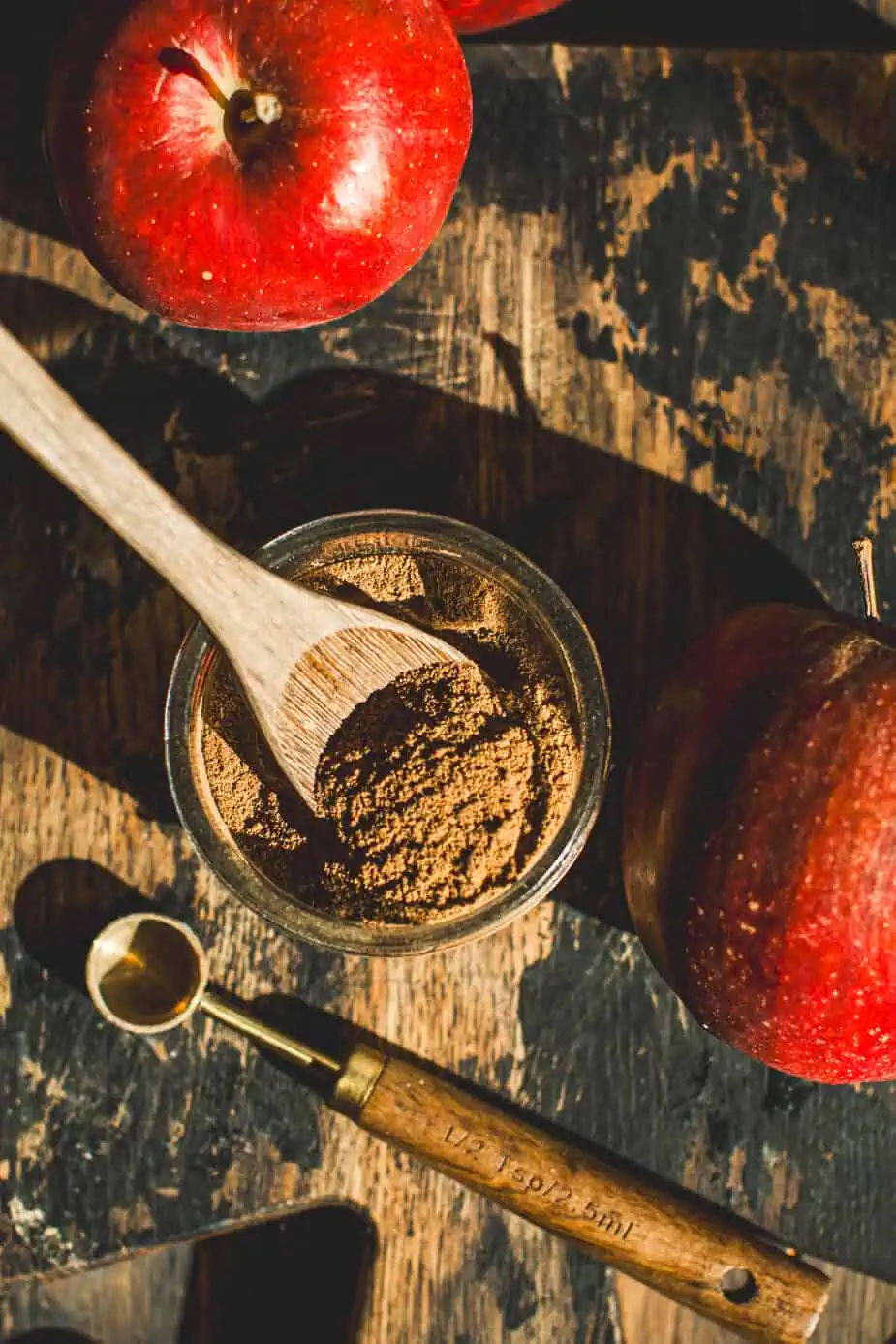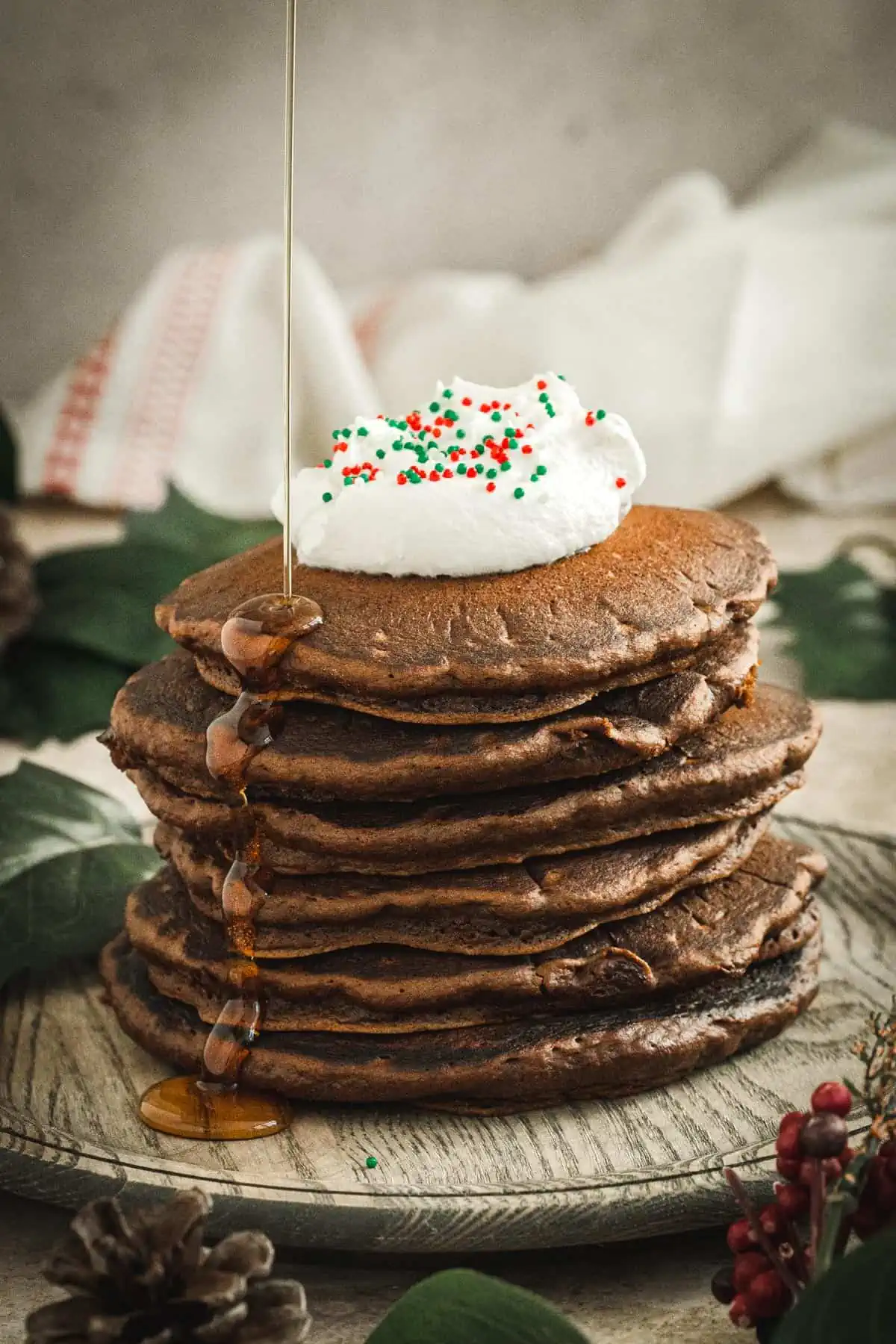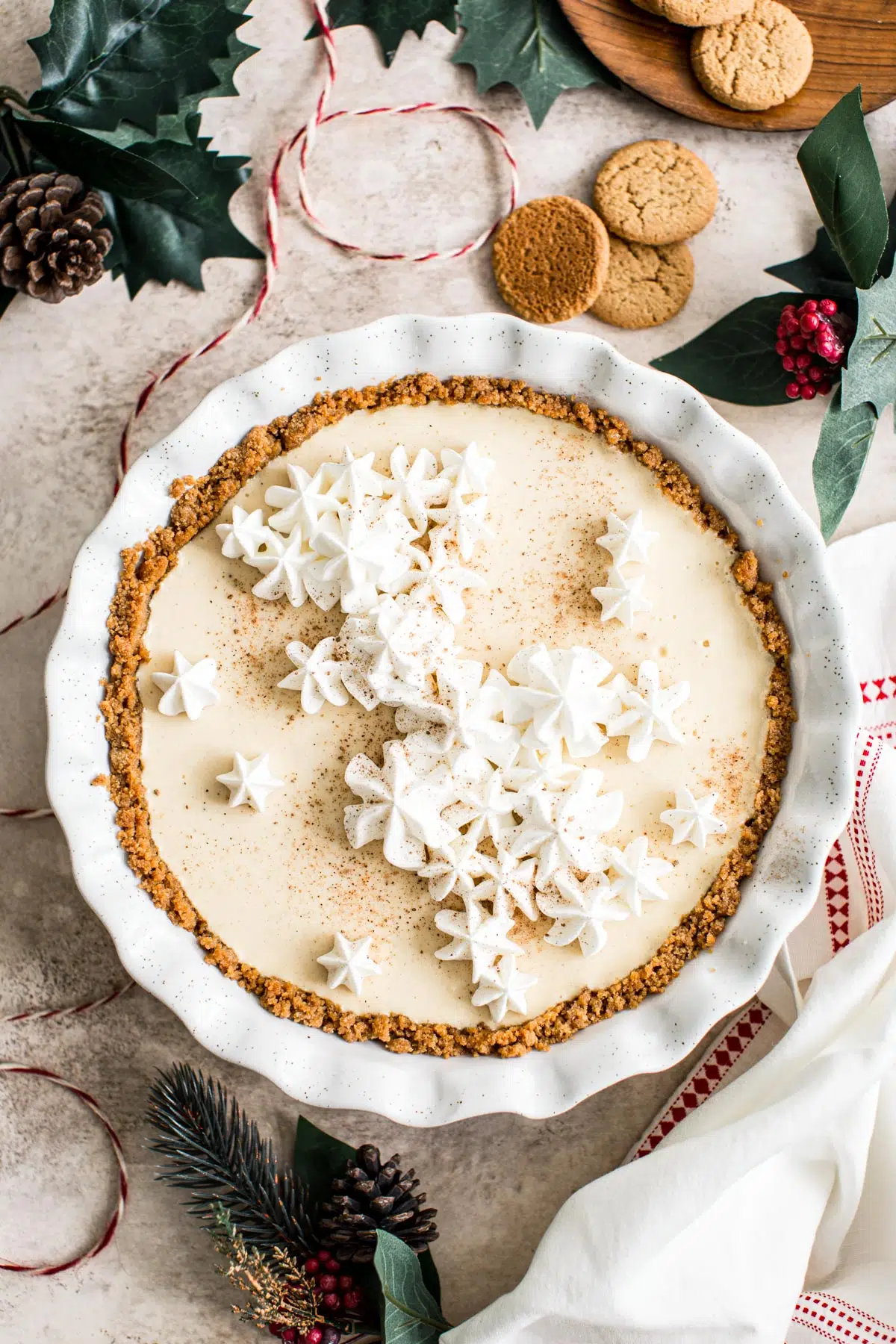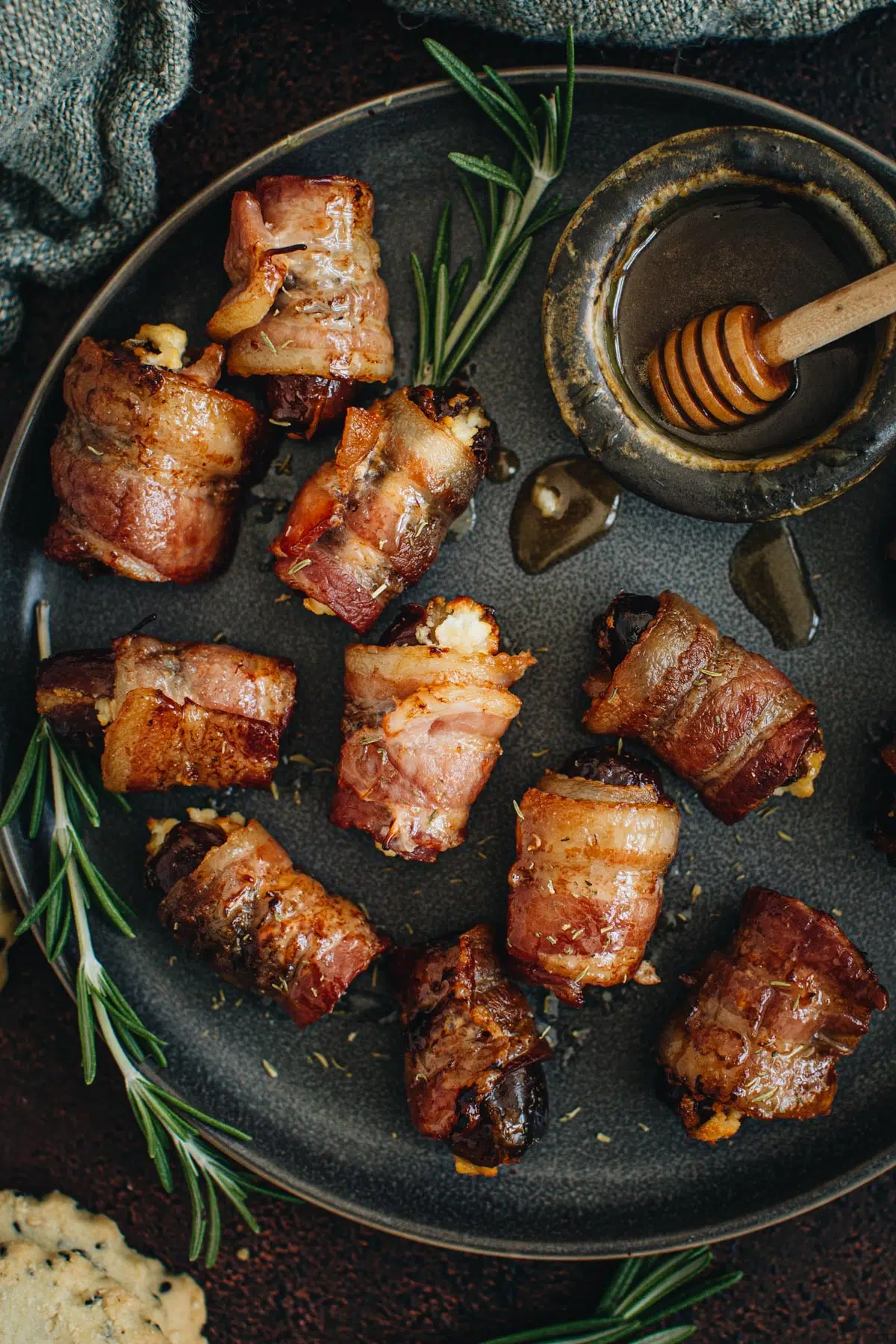Indulge in the world of baking as I share the ultimate guide on How to Cool a Cake at lightning speed. No more restless waiting, just pure baking bliss in a fraction of the time!
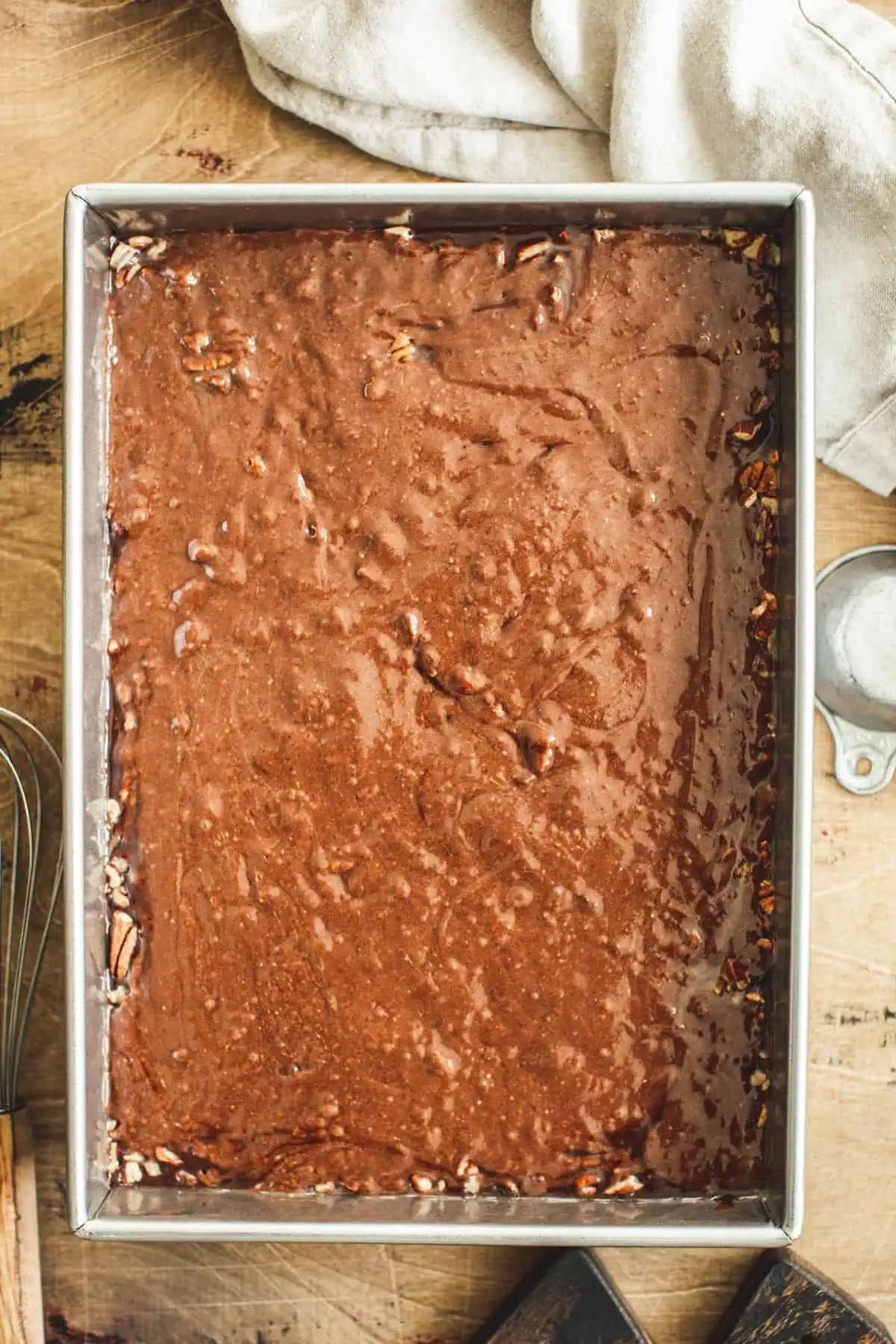
How Long Does it Take for a Cake to Cool?
The cooling time for a cake can vary depending on its size, thickness, and the environment. In general, a cake may take anywhere from 30 minutes to 2 hours to cool down to room temperature.
Larger and thicker cakes such as this Jamaican Rum Cake usually take longer to cool, while smaller or thinner cakes like a standard Birthday Cake may cool more quickly. It’s essential to follow a specific recipe’s cooling instructions to ensure the best results for your cake so you can handle it confidently without worrying about it crumbling.
Cake Cooling Tips
- Let the cake sit. Allow your fresh-from-the-oven cake to cool naturally in the pan, granting it about a ten-minutes at room temperature first. Position your warm cake on a level surface, such as a countertop while doing this.
- Set the pan on a baking rack. For optimal cooling, use a cooling wire rack to expose the underside of your cake pan to air. This rack allows ample airflow to embrace every inch of your cake or pan.
- Take the cake out of the pan. Once your slightly heated cake has rested for approximately ten minutes at room temperature, delicately extract it from the base of the cake pan. This enables the cake’s lower and lateral sections to cease absorbing heat from the pan’s surface. If using a bundt pan for cakes like Pound Cake that tend to be trickier to release you may need to let it cool longer.
- Place the cake into the fridge or freezer. To expedite the cake cooling process, place the cake into the fridge. However, exercise caution when utilizing the refrigerator, limiting the time until the cake is just cooled, about 25 to 30 minutes.
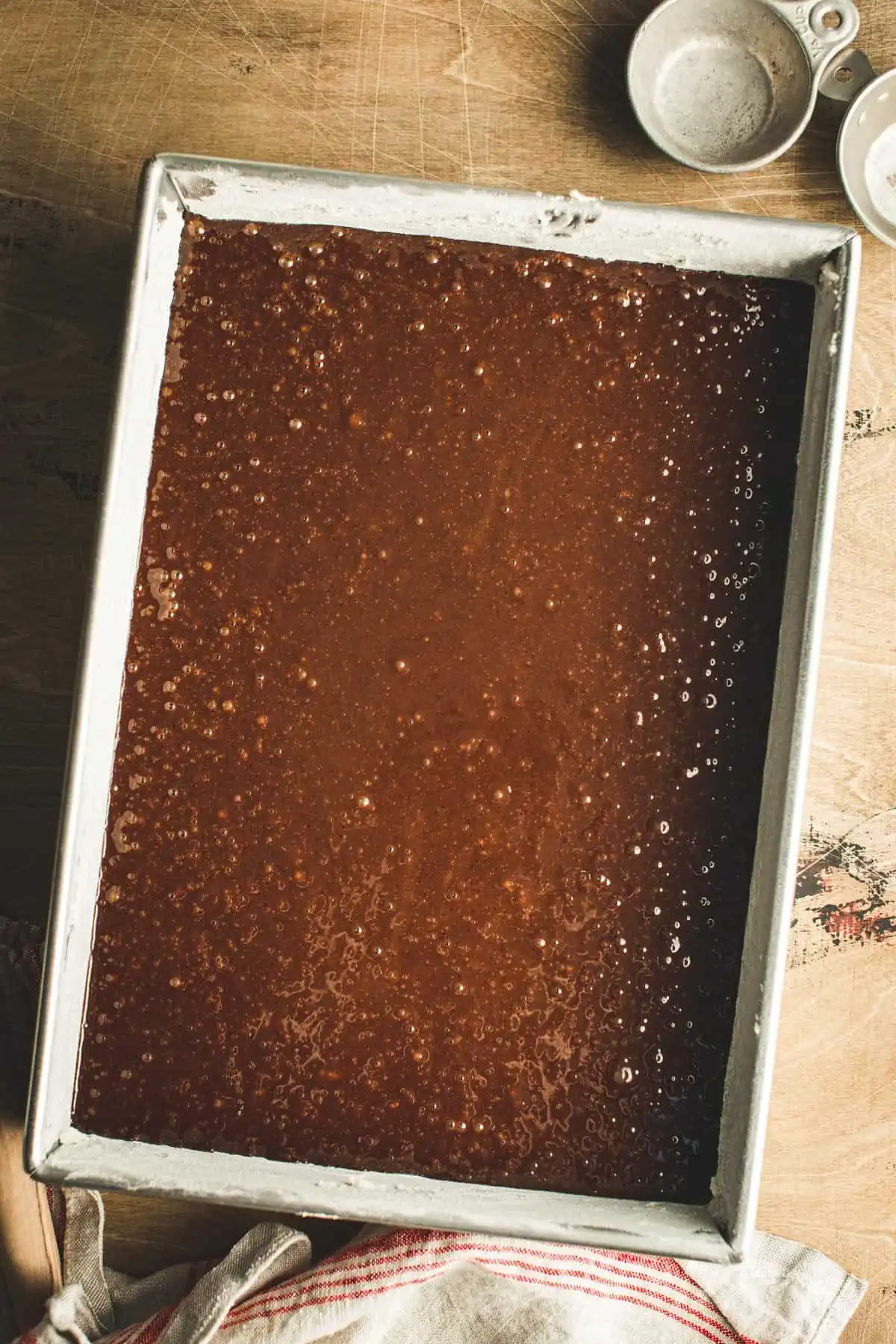
How to Cool a Cake Fast
- Cool the cake in the pan for a minimum of 10 minutes, letting it sit on a wire rack or the counter before removing it.
- Remove the cake from the pan and place it on a parchment-lined wire rack.
- Place the wire rack with the cake into the fridge to finish cooling for 20 to 30 minutes.
How to Check if a Cake is Cooled
- Visually inspect: Look at the cake’s appearance and see if it has reached room temperature. It should no longer emit steam or show any visible signs of heat.
- Gentle touch: Carefully place your hand or fingers on top of the cake’s surface. If it feels cool to the touch and there’s no residual warmth, it is likely cooled.
- Toothpick test: Optionally, you can perform a toothpick test by inserting a toothpick into the center of the cake and pulling it out. If it comes out clean with no wet batter sticking to it, the cake is likely cooled and fully baked.
FAQS
It’s essential to let the cake cool completely before cutting it to ensure the best texture and presentation. The cooling time can vary depending on the cake’s size and thickness, but in general, you should allow it to cool for at least 1 to 2 hours at room temperature. This allows the cake to set properly and prevents it from crumbling or losing its shape when sliced.
Room temperature for a cake refers to the ambient temperature of the surrounding environment where the cake is allowed to cool and set naturally. It typically ranges from 68°F to 72°F (20°C to 22°C), which is neither too warm nor too cold. Cooling a cake at room temperature ensures even cooling and helps maintain its desired texture and structure.
Yes, it is generally okay to cool a cake in the fridge, but it is important to do so correctly. After allowing the cake to cool for a short period at room temperature, you can transfer it to the fridge to expedite the cooling process. However, avoid leaving the cake in the fridge for too long, as prolonged storage can lead to moisture loss and affect the cake’s texture.
Yes, it is advisable to cover a cake while cooling. Using a clean kitchen towel or a loosely draped piece of parchment paper can help retain moisture and prevent the cake’s surface from drying out during the cooling process. However, ensure that the cake is not completely sealed or wrapped tightly, as this may trap too much moisture and affect its texture.
Cake Recipes to Try
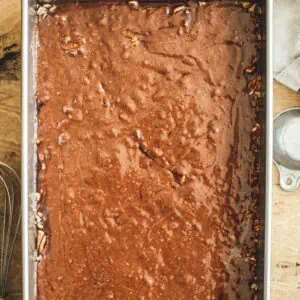
How to Cool a Cake Fast
Equipment
- Wire Rack
Ingredients
- 1 Baked Cake
Instructions
- Let the cake sit. Allow your fresh-from-the-oven cake to cool naturally in the pan, granting it about a ten-minutes at room temperature first. Position your warm cake on a level surface, such as a countertop while doing this.
- Set the pan on a baking rack. For optimal cooling, use a cooling wire rack to expose the underside of your cake pan to air. This rack allows ample airflow to embrace every inch of your cake or pan.
- Take the cake out of the pan. Once your slightly heated cake has rested for approximately ten minutes at room temperature, delicately extract it from the base of the cake pan. This enables the cake's lower and lateral sections to cease absorbing heat from the pan's surface. By introducing the cake's edges to a cooler temperature you will notice a notable acceleration in the cooling process.
- Place the cake into the fridge or freezer. To expedite the cake cooling process, place the cake into the fridge. However, exercise caution when utilizing the refrigerator, limiting the time until the cake is just cooled, about 25 to 30 minutes.
Notes
How to Check if a Cake is Cooled
- Visually inspect: Look at the cake’s appearance and see if it has reached room temperature. It should no longer emit steam or show any visible signs of heat.
- Gentle touch: Carefully place your hand or fingers on top of the cake’s surface. If it feels cool to the touch and there’s no residual warmth, it is likely cooled.
- Toothpick test: Optionally, you can perform a toothpick test by inserting a toothpick into the center of the cake and pulling it out. If it comes out clean with no wet batter sticking to it, the cake is likely cooled and fully baked.

